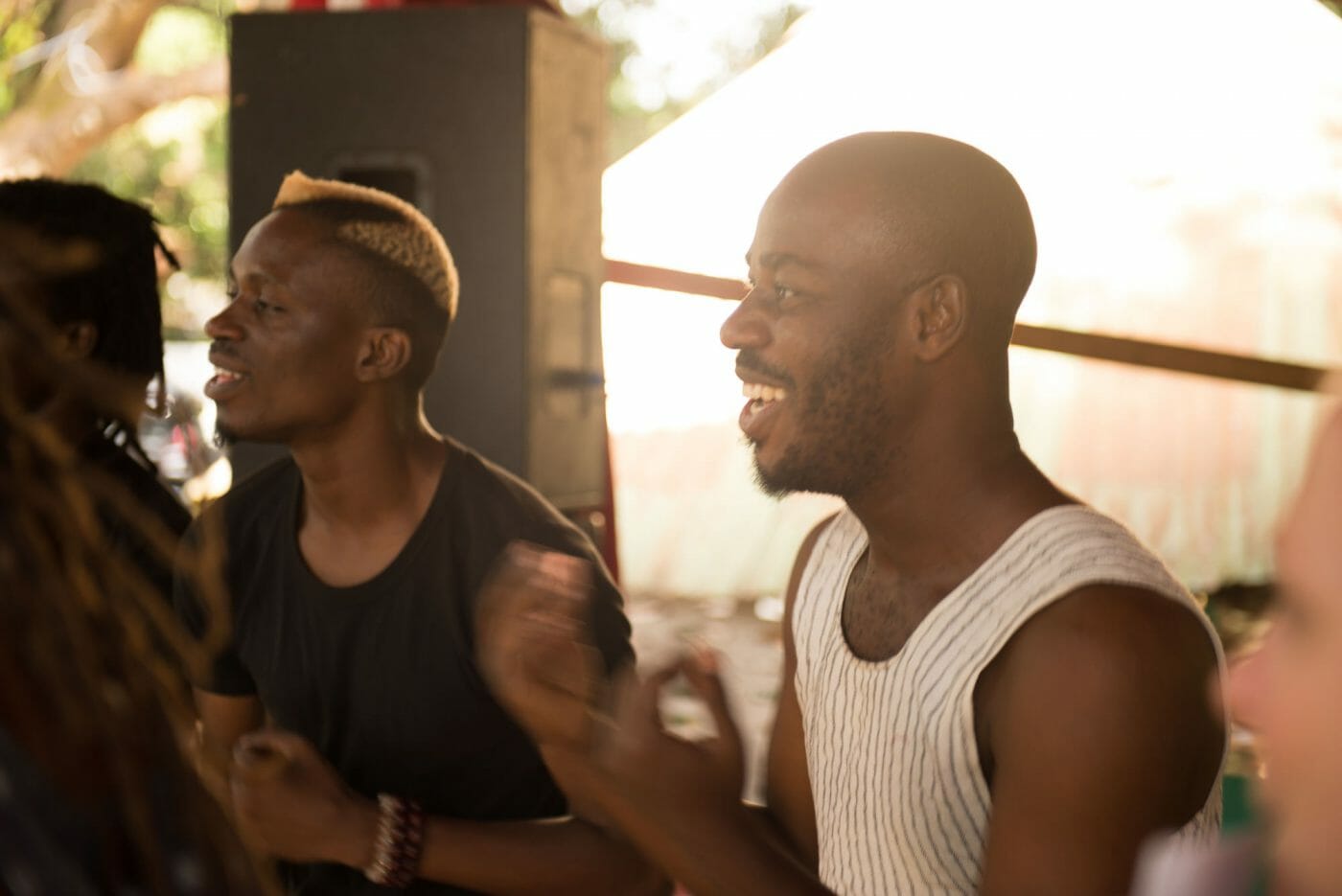Imagine you want to help young people in West Africa use their creative skills to engage their peers in political dialogue about gender violence. Or you want to train artists and scientists to collaborate on truly innovative and creative ways to teach people about pressing science issues like climate change. Or you want to create a performative ritual for formerly incarcerated people that reintroduces them into their communities. These projects have amazing objectives, but how do you know if you’re accomplishing what you set out to do?
When it comes to social change projects that work at the level of culture, and reaching people through emotion and creativity, it can feel intimidating to try to understand what “works.” How might we all best understand the effect AND affect of projects that combine creativity and social change?
We’ve been working on this challenging question for a number of years, and we’ve been loving putting it into practice through our most recent Assessment Advising work.

The examples above – the West Africa youth, the artist-scientist collaborations, and the ritual performance – are from our recent work advising Action Aid, Guerilla Science, and A Blade of Grass. We’ve been helping them measure and understand the impact of the fantastic work they’re doing at the intersections of culture, creativity, and social change movements. Read these case studies here, and learn more about how we do this work.




You must be logged in to post a comment.